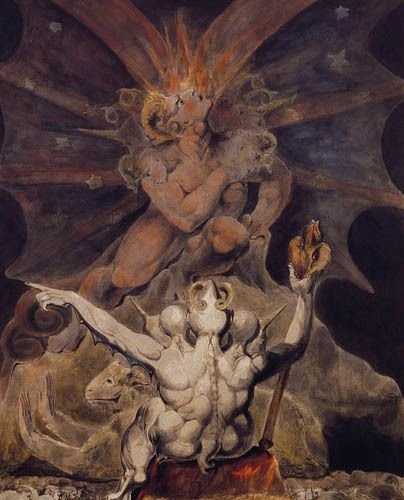In Gwalior, a populous city in central India, there is an ancient fort built in the 8th century. Inside the fortress is the Chaturbhuj temple, which has special significance in world history.
The invention of the number 0 is considered an important step forward in mathematics.
So what in Indian culture led to this great creation?
`No` doesn’t come from nowhere
In a TED talk show, famous mythologist Devdutt Pattanai talked about Alexander the Great’s visit to India.
Alexander asked: `What are you doing?`.
The sage replied: “I am experiencing nothingness.
“I’m conquering the world,` Alexander said.
They both laughed, each thinking the other was stupid and wasting their lives.
Gwalior Fort, which holds the first traces of Indian zero.
The story took place long before the first zero was carved on the Gwalior temple but it shows the importance of nothingness in the invention of this number.
Historically, Indians have been very open to the concept of nothingness.
Indian mathematicians are also obsessed with huge numbers.
The first zeros of human civilization
Two Hindu astronomers and mathematicians Aryabhata (born 476) and Brahmagupta (born 598) are believed to have been the first to describe the modern decimal value system and the rules for the use of zero.
Although many believe that Gwalior was the first place to write the number 0 as a circle, scientists have found an ancient Indian manuscript.
According to Marcus du Sautoy, Professor of Mathematics at Oxford University, the discovery of zero is one of the biggest breakthroughs in the history of mathematics.

Binary coefficients are the fundamental algorithm for modern human life.
Number 0 – symbol of Satan
Although it is a landmark invention, why did this figure not develop much in other places in the early stages?
One theory is that some cultures have a negative view of the concept of nothingness.
Today, the number 0 in the binary system of computers is considered an indispensable part of modern society.

Electronic city in Bengaluru is expected to become the world’s largest IT hub by 2020. Photo: Joerg Boethling/Alamy.
Indian style Silicon Valley
About 37 km from the center of Bengaluru, India, visitors will be greeted by many large signs bearing the names: Intel, Google, Apple, Oracle, Microsoft, Adobe, Samsung and Amazon – companies at the forefront of the revolution.
From a single industrial park, Electronic City, in the 1970s, Bengaluru has expanded and become a phenomenon in the electronics industry.
The city currently has many information technology (IT) parks, accounting for nearly 40% of India’s IT industry.
These things all originate from the appearance of binary numbers.
Between 1991 and 2001, Bengaluru’s population grew by 38%, and it is now the 18th most populous city in the world with 12 million people.










